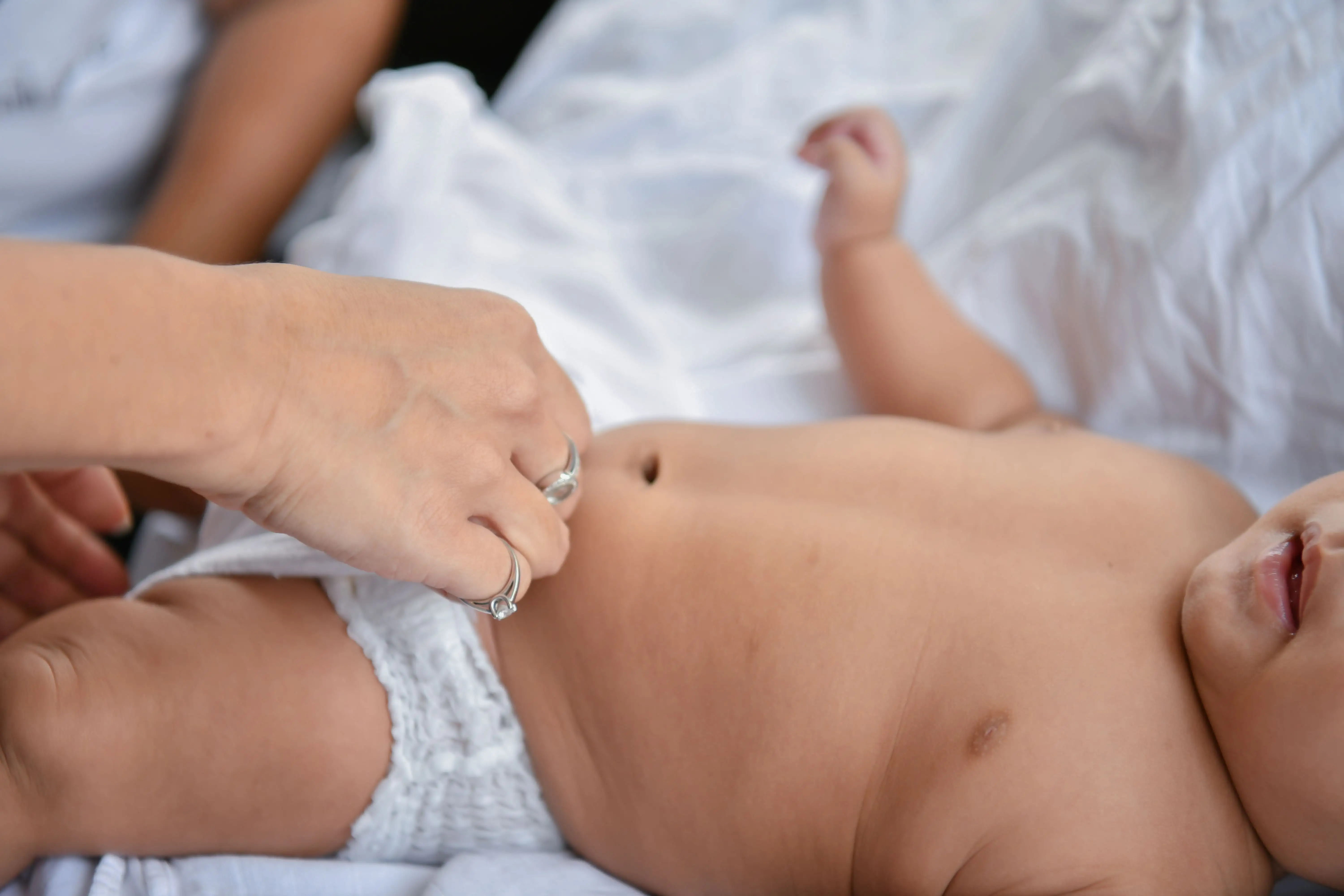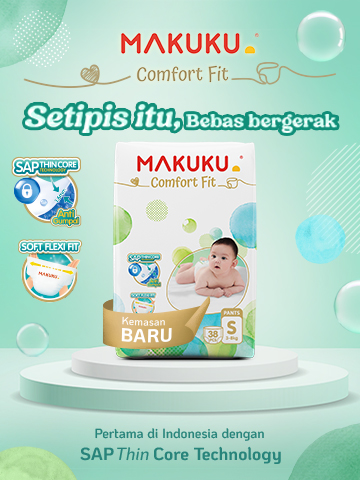
The baby's umbilical cord is the part that connects the baby to the placenta during pregnancy. However, during pregnancy, the baby in the womb can become entangled in the umbilical cord. This entanglement should not be taken lightly as it can cause complications during delivery and strangle the baby.
What is a baby with the umbilical cord wrapped around them?
The function of the umbilical cord during pregnancy is to help deliver oxygen and nutrients from the mother's body to the fetus. This allows the baby in the womb to develop and grow properly. A baby entangled in the umbilical cord can hinder the baby's development and growth in the womb.
This umbilical cord entanglement does not only occur around the baby's neck but can also wrap around other parts of the baby's body. In fact, the condition of the baby being entangled in the umbilical cord can happen at any time, whether during pregnancy or just before delivery.
The umbilical cord wrapping around the baby can become a problem during the delivery process. An umbilical cord wrapped around the neck can make it difficult for the baby to come out due to the strong pressure from the cord. This condition is very dangerous because the baby does not receive enough oxygen and nutrients.
Causes of a baby being entangled in the umbilical cord
The occurrence of a baby being entangled in the umbilical cord, although rare, can become a serious situation and requires prompt action. Here are some causes of a baby being entangled in the umbilical cord in the womb, including:
1. Baby movements during pregnancy
An active baby moving in the womb can cause the baby to become entangled with the umbilical cord around its body or neck. Therefore, pregnant women must regularly check their pregnancy to monitor the baby in the womb.
2. Length of the umbilical cord
Generally, the length of the umbilical cord is 50-60 cm. However, in some cases, there are fetuses with an umbilical cord length of 80 cm. This can be one of the factors causing the baby to be entangled in the umbilical cord.
3. Lack of Wharton's jelly in the umbilical cord
It should be noted that a baby's umbilical cord is protected by a layer of jelly called Wharton's Jelly. The function of this layer is to connect the fetus with the placenta to prevent entanglement. A lack of this jelly layer can lead to the baby being entangled in the umbilical cord.
4. Pregnant with twins
More than one umbilical cord usually occurs during a twin pregnancy. Typically, carrying twins or more than two babies allows each baby to have a different umbilical cord. Therefore, babies are at risk of being entangled in the umbilical cord when there is more than one or many umbilical cords.
5. Poor umbilical cord structure
One of the causes of a baby being entangled in the umbilical cord is the poor condition of the umbilical cord, making it less elastic. The problematic elasticity of the umbilical cord can wrap around the baby too tightly.
How to Handle a Baby with an Umbilical Cord Wrapped Around
Pregnant women whose babies are experiencing umbilical cord entanglement need not worry. Not all babies with umbilical cord entanglement require a cesarean delivery. There is still a chance for babies with umbilical cord entanglement to be born naturally.
Pregnant women can first consult with an obstetrician about the appropriate delivery process for the condition. If there is only one loop of the umbilical cord around the baby's neck, it is not a problem. Pregnant women can still deliver the baby normally through the vagina.
However, in cases of multiple and tight loops, doctors will advise pregnant women to deliver via cesarean section. This is to prevent complications and adverse effects on the baby. It is important for pregnant women to regularly visit their obstetrician to monitor the baby's health, especially as delivery approaches. This way, the doctor can provide the best solutions to address issues with the baby's umbilical cord and other concerns.
MAKUKU U-Shape Belly Button Feature for caring for newborns' umbilical cords
After birth, the baby's umbilical cord will be cut, leaving a small portion on the baby's navel. This remaining piece of the umbilical cord will dry and fall off on its own within 3-14 days.
As long as the baby's umbilical cord has not fallen off, do not forcibly remove it as it can cause the baby's umbilical cord to bleed and become infected. One way to care for a newborn's umbilical cord is by choosing the right diaper, such as MAKUKU SAP Diapers. All variants of MAKUKU SAP Diapers feature a belly button u-shape.
The belly button u-shape feature is a U-shaped curved cut on the front of the diaper that functions to protect the baby's umbilical cord. With the belly button u-shape, moms and dads do not need to fold, cut the front, or loosen the diaper adhesive to prevent friction with the baby's umbilical cord. This way, the baby's umbilical cord can be well-maintained and the risk of infection is reduced.
The belly button U-shape feature on MAKUKU SAP Diapers, specifically for NB size, has been awarded as the First Diaper in Indonesia with a Special Newborn Belly Button U-Shape Feature. So, moms and dads need not hesitate and can trust MAKUKU for the best protection of a newborn's umbilical cord. (Aq/MKK)







